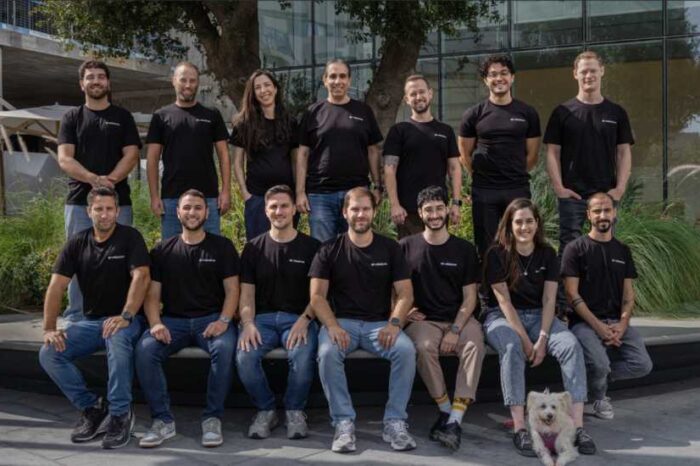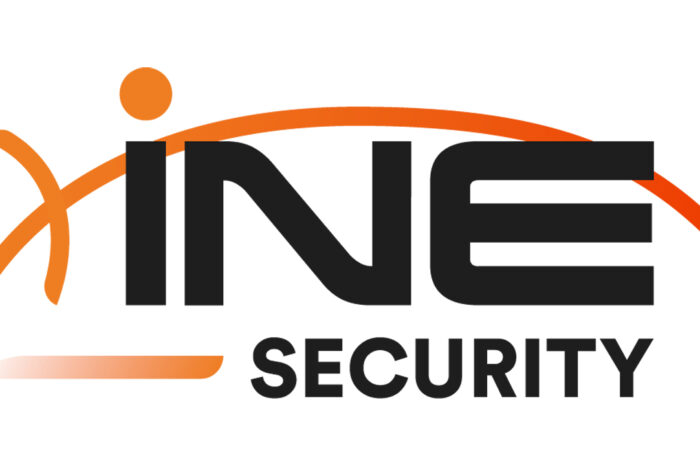Cybersecurity in the Age of Smart Machines: What Industries Need to Know

We’re undeniably becoming increasingly reliant on digital data in our daily lives. As technologies like IoT, AI-driven platforms, smart devices and systems, and more become prevalent, simple, everyday tasks such as driving a car, shopping online, and locking our doors remotely allow smart machines to capture our data.
Now, the question is—do industries and businesses have adequate measures to prevent cyber attacks on their systems? Due to the growing role that data and AI play in our digital ecosystems, we cannot overstate the potential havoc that such vulnerabilities could wreak on society.
This article will explore the realities and risks of undermining the urgency and importance of cybersecurity in today’s world, where Alexas, Siris, and smart machines constantly collect and process vast amounts of personal data.
The Alarming Truth
While we reap great benefits from AI tools and smart machines, a dark shadow looms each time we give them access to our data.
You don’t even have to actively give your information. Today, hackers can get you to do their bidding without your knowledge. Social engineering is an excellent example.
Social Engineering
Social engineering uses psychological manipulation, deception, and influence to prompt users into giving their information by mistake or through missteps, allowing hackers to steal their data.
They prey on unsuspecting individuals using tactics like phishing, baiting, a malware scare, identity fraud, posing as tech or customer support representatives, fraudulent voicemails, etc. Hence, companies should use cybersecurity systems that reinforce social engineering resilience.
How Hackers Use Modern Technology for Cyber Attacks
Hackers also utilize AI to generate personalized phishing emails to trick recipients. They are made to look authentic, even mimicking legitimate business email addresses. Given their capabilities, it can be difficult to differentiate a fake email from an authentic correspondence.
The result? An email sender posing as a customer service representative can manipulate you into giving data like your bank account numbers, home addresses, or birthdates. These can be used to verify your identity during verification processes, allowing them unauthorized control over your financial accounts, personal records, and even sensitive online profiles.
What’s even more alarming is that AI can be prompted to make codes for malware that regular antivirus systems cannot detect. Employees can mistakenly click seemingly legitimate links that expose organizations to threats.
What This Means for Industries
Grave cyber threats require weighty solutions. Company owners in various industries, especially those that rely heavily on customer data, should adopt cybersecurity best practices, policies, and tools. These may include remote work policies, data access controls, the prohibition of cracking programs and scanners, and more.
Businesses cannot simply rely on what used to work before because cyber attacks in the age of smart machines are a whole new battlefield. As AI machine learning advances, so do the tools hackers use to steal data while causing damage and loss.
Potential Risks for Various Industries
Armed with information, employee training, and awareness campaigns for clients, a strong cybersecurity culture can put you several steps ahead of cybercriminals. This is crucial for survival because AI-powered cyber threats are always lurking, ready to attack at the slightest opportunity.
Transportation and Logistics
Logistic transportation and supply chain rely heavily on digital systems and networks. Hackers can steal data like shipment schedules, customer information, and financial records. With a robust transportation management system and cybersecurity system, companies and operators can prevent data breaches, disruptions, delays, and other potential cyberattacks.
Healthcare
Confidential patient information can easily fall into the wrong hands. Hackers may even gain access to a healthcare facility’s digital medical devices and systems, compromising patient care while putting patients’ lives at risk.
Banking and Finance
The finance sector is one of the most targeted industries. Banks and financial institutions should prioritize the adoption of key emerging cybersecurity technologies like digital identity and trust architecture, cloud and edge computing, applied AI, and next-gen software development.
Retail and E-commerce
Customer data—such as credit card numbers and other personal information—can be stolen. Point-of-sale attacks, skimming, and data breaches are some of the most common methods, requiring multiple layers of cybersecurity within retail systems.
Energy and Utilities
These critical infrastructures can be used not just in data breaches but for terrorism. Cyberattacks—like ransomware and remote system exploitation—can be prevented with security measures, including real-time endpoint detection and response, advanced network segmentation, multi-factor authentication, etc.
Final Thoughts: Future-Proof Your Business
By 2025, cybercrime is expected to cost the global economy a staggering $10.5 trillion annually. Similar to more primitive criminal activity, the best time to take action is before the crime occurs. Negligence could result in financial losses, reputational damage, operational disruptions, and data breaches, ultimately impacting customer trust and long-term business stability.
Organizations that want to future-proof their business should thus adopt stringent, extensive, and tailored cybersecurity plans and processes, including:
- Multi-factor authentication
- Strong passwords that are regularly changed
- Employee training and client awareness campaigns
- Regular system updates and patch management
- Data encryption
- Routine security audits
These measures proactively address security gaps and can keep cybersecurity threats at bay.
Brandon Long is a technology and cybersecurity writer with a passion for making complex topics accessible for business leaders. As a contributor to Business Tech Innovations and other leading tech publications, he covers the latest trends in digital security, enterprise IT, and emerging technology.




